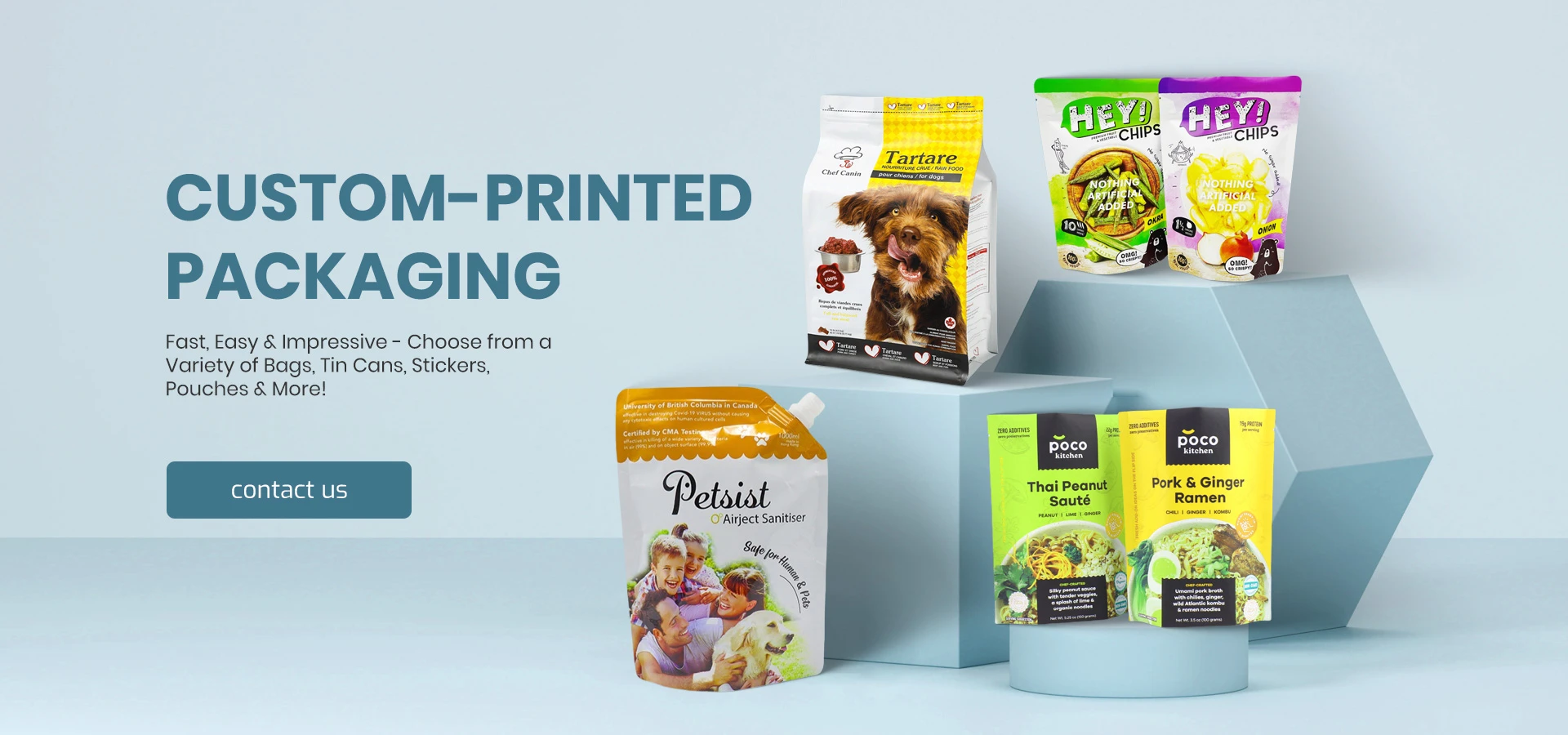- Afrikaans
- Albanian
- Amharic
- Arabic
- Armenian
- Azerbaijani
- Basque
- Belarusian
- Bengali
- Bosnian
- Bulgarian
- Catalan
- Cebuano
- chinese_simplified
- chinese_traditional
- Corsican
- Croatian
- Czech
- Danish
- Dutch
- English
- Esperanto
- Estonian
- Finnish
- French
- Frisian
- Galician
- Georgian
- German
- Greek
- Gujarati
- haitian_creole
- hausa
- hawaiian
- Hebrew
- Hindi
- Miao
- Hungarian
- Icelandic
- igbo
- Indonesian
- irish
- Italian
- Japanese
- Javanese
- Kannada
- kazakh
- Khmer
- Rwandese
- Korean
- Kurdish
- Kyrgyz
- Lao
- Latin
- Latvian
- Lithuanian
- Luxembourgish
- Macedonian
- Malgashi
- Malay
- Malayalam
- Maltese
- Maori
- Marathi
- Mongolian
- Myanmar
- Nepali
- Norwegian
- Norwegian
- Occitan
- Pashto
- Persian
- Polish
- Portuguese
- Punjabi
- Romanian
- Russian
- Samoan
- scottish-gaelic
- Serbian
- Sesotho
- Shona
- Sindhi
- Sinhala
- Slovak
- Slovenian
- Somali
- Spanish
- Sundanese
- Swahili
- Swedish
- Tagalog
- Tajik
- Tamil
- Tatar
- Telugu
- Thai
- Turkish
- Turkmen
- Ukrainian
- Urdu
- Uighur
- Uzbek
- Vietnamese
- Welsh
- Bantu
- Yiddish
- Yoruba
- Zulu
Comparative Analysis of Pizza Box Pricing Strategies in the Market
The Economics of Pizza Box Pricing
In the world of food delivery, the pizza box might not be the first thing that comes to mind. However, it plays a critical role in the overall pizza experience. From ensuring food stays warm to presenting a brand image, pizza boxes are an essential aspect of the pizza industry. But have you ever wondered about the pricing of these boxes? Let’s delve into the economics of pizza box pricing, its associated costs, and its implications for consumers and businesses alike.
The Cost Breakdown of Pizza Boxes
The price of a pizza box is influenced by several factors. Firstly, the materials used are paramount. Most pizza boxes are made from corrugated cardboard, which provides insulation and structural integrity. The cost of raw materials fluctuates based on market demand, environmental regulations, and sourcing locations. A rise in the price of paper and packaging materials can directly impact the cost of pizza boxes.
Additionally, the design and customization of a pizza box add to the cost. Brands often prefer to include their logo or unique designs that make their product stand out. Custom printing and specific sizing requirements can push the box price up considerably. While standard boxes may cost only a few cents, customized versions can escalate the expenses significantly.
Furthermore, shipping and logistics play a crucial role in pricing. Transporting these boxes from manufacturers to pizzerias involves additional costs that accumulate over time. The geographical location of a pizza shop can also make a substantial difference. Shops in urban areas might face higher transportation costs, while those located near packaging suppliers could benefit from lower shipping fees.
The Impact of Bulk Purchasing
Many pizzerias take advantage of bulk purchasing to save on costs. By ordering larger quantities, they can negotiate better rates with suppliers, thus lowering the price per box. This is essential for businesses wanting to maintain healthy profit margins, especially in a highly competitive food market. For smaller establishments, however, the upfront investment can be a challenging hurdle to overcome.
pizza box price

The importance of cost-effective packaging cannot be understated, especially when considering that pizza delivery is a significant portion of a pizzeria's revenue. In many cases, the pizza box price may represent a small percentage of the overall sales price of a pizza, but it significantly affects the bottom line in the long run.
Consumer Perception and Pricing Strategies
From a consumer perspective, the price of the pizza box may be indirectly reflected in the overall pizza price. Customers generally do not differentiate the box's cost when purchasing pizza; they focus on the quality and taste. However, various pricing strategies employed by pizza businesses can influence consumer perceptions.
For instance, a pizza brand that invests in high-quality, eco-friendly boxes may charge a premium for their pizzas. While this may deter some price-sensitive customers, it could attract environmentally conscious consumers willing to pay a little more for sustainable packaging. This highlights a growing trend in the food industry where packaging reflects a brand's values and influences purchasing decisions.
The Role of Innovation
Innovation in packaging also affects pricing. With the emergence of advanced materials and technologies, some companies are exploring new options like compostable or biodegradable pizza boxes. While these modern materials can be more expensive to produce compared to traditional cardboard, they may reduce waste and appeal to a revolutionary market segment. However, pizzerias must weigh the benefits against added costs when considering such investments.
Conclusion
The price of a pizza box may seem trivial compared to the delicious culinary creation it holds. Still, it plays a crucial role in the economics of the pizza industry. Factors such as material costs, design customization, bulk purchasing strategies, and consumer perceptions collaboratively influence pizza box pricing. Ultimately, for pizzerias to thrive in a competitive market, understanding the dynamics of packaging costs and ensuring efficient supply chain management is essential. As the industry continues to evolve, the humble pizza box may well become a focal point not just for containment, but as a symbol of quality and environmental responsibility in the delicious world of pizza.













